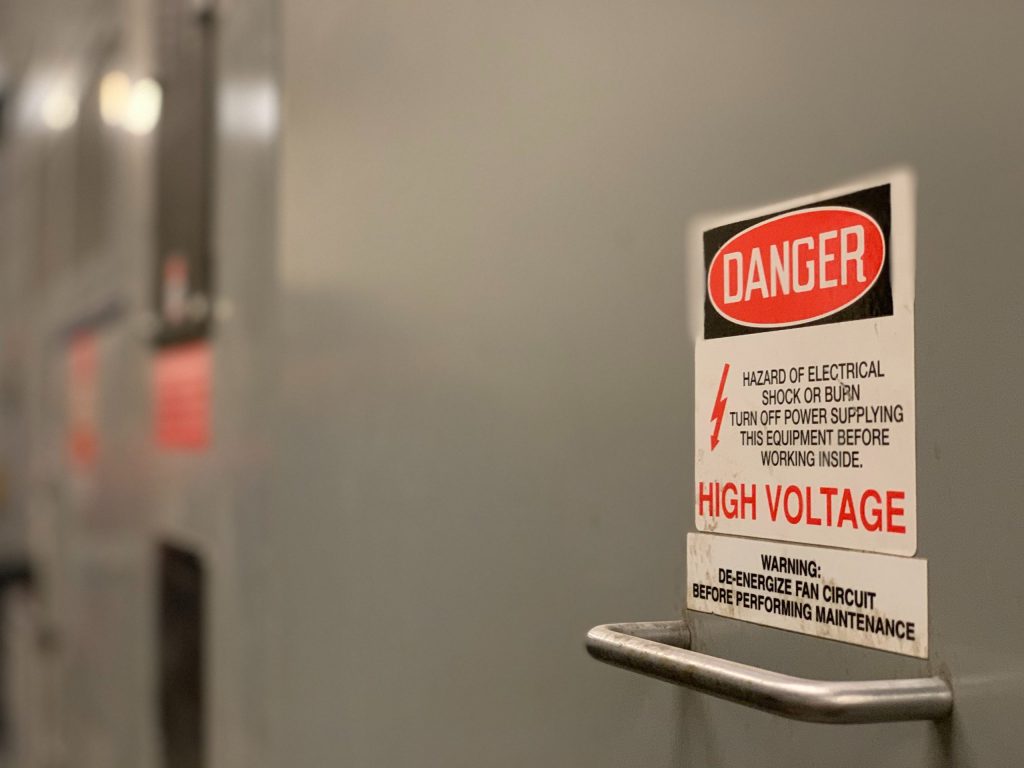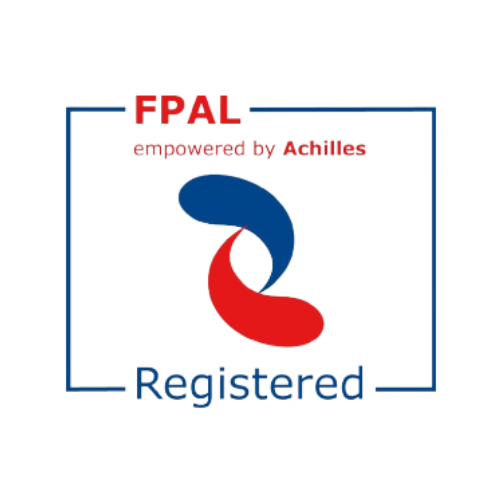Arc Flash Risk Mitigation
Arc flashes pose a significant hazard to electrical system operators. They can cause damage to equipment as well as severe injury or even death to personnel. However, with proper arc flash safety procedures in place, it is possible to reduce the risk significantly.
In this article, we’ll explore arc flash hazards and five key risk mitigation strategies.

What is an Arc Flash?
An arc flash is a sudden discharge of energy, connecting a component through the air to the ground or to another voltage phase in the same system. This can be the result of loose connections, exposed live parts, or other short circuits in faulty equipment. Careless work practices can also cause arc flashes when working on live electrical systems.
The resulting explosions produce highly dangerous intensities of heat and light. As well as causing damage to electrical equipment, arc flashes can cause internal and external burns, eye injuries from intense UV light emissions, and lung damage from hot gases or vaporised metals.
How To Avoid An Arc Flash
Given the severity of arc flashes, knowing how to prevent them is crucial. Aside from simply powering down a system, it is virtually impossible to eliminate the hazards entirely. However, it is possible to mitigate the risks, and what’s more, it is an employer’s legal duty to carry out appropriate assessments to do so.
Here are five ways to minimise the dangers posed by arc flashes:
1) Power Down Electrical Equipment Where Possible
An arc flash can only occur with live voltage, so the simplest hazard mitigation strategy is to power down the system when not in use. It should always be assumed that a system is live until it has been verified as de-energised. However, it is not always possible to carry out work on de-energised electrical equipment, and in these cases, other safety measures must be taken.
2) Ensure Safe Working Systems
A full arc flash risk assessment should be carried out on all electrical systems. It needs to be conducted once in full but should be reviewed at least every five years. Reviews should also be carried out if any components are changed or other system updates are made. A professional risk assessment identifies the potential hazards in an electrical system so that they may be properly labelled, and the risks mitigated.
3) Wear PPE
Personnel should wear the appropriate arc flash personal protective equipment (PPE) when working with electrical power systems. Insulated rubberised gloves give protection against electrical arcs, as well as heat and flame resistance. Head and face gear is also important to protect against high heat and light intensities, as well as impact damage from an arc flash explosion.
4) Keep a Safe Distance
Arc flashes can cause injuries at distances of up to six metres. Operators should maintain a safe distance from points of severe hazard, using remote tools or robots, as well as wearing appropriate PPE when within the calculated arc flash boundary.
5) Ensure Proper Training
Anybody working with electrical systems needs the appropriate training to understand the hazards and the requirements for safe working. This is even more important if engagement with live systems is unavoidable. Operatives need to know how to conduct a risk assessment before starting work, identifying hazardous points in the system and the appropriate working practices to mitigate them.
What Next?
Speak to us today to find out more about arc flash risk mitigation and how you can improve electrical health and safety in your workplace.










